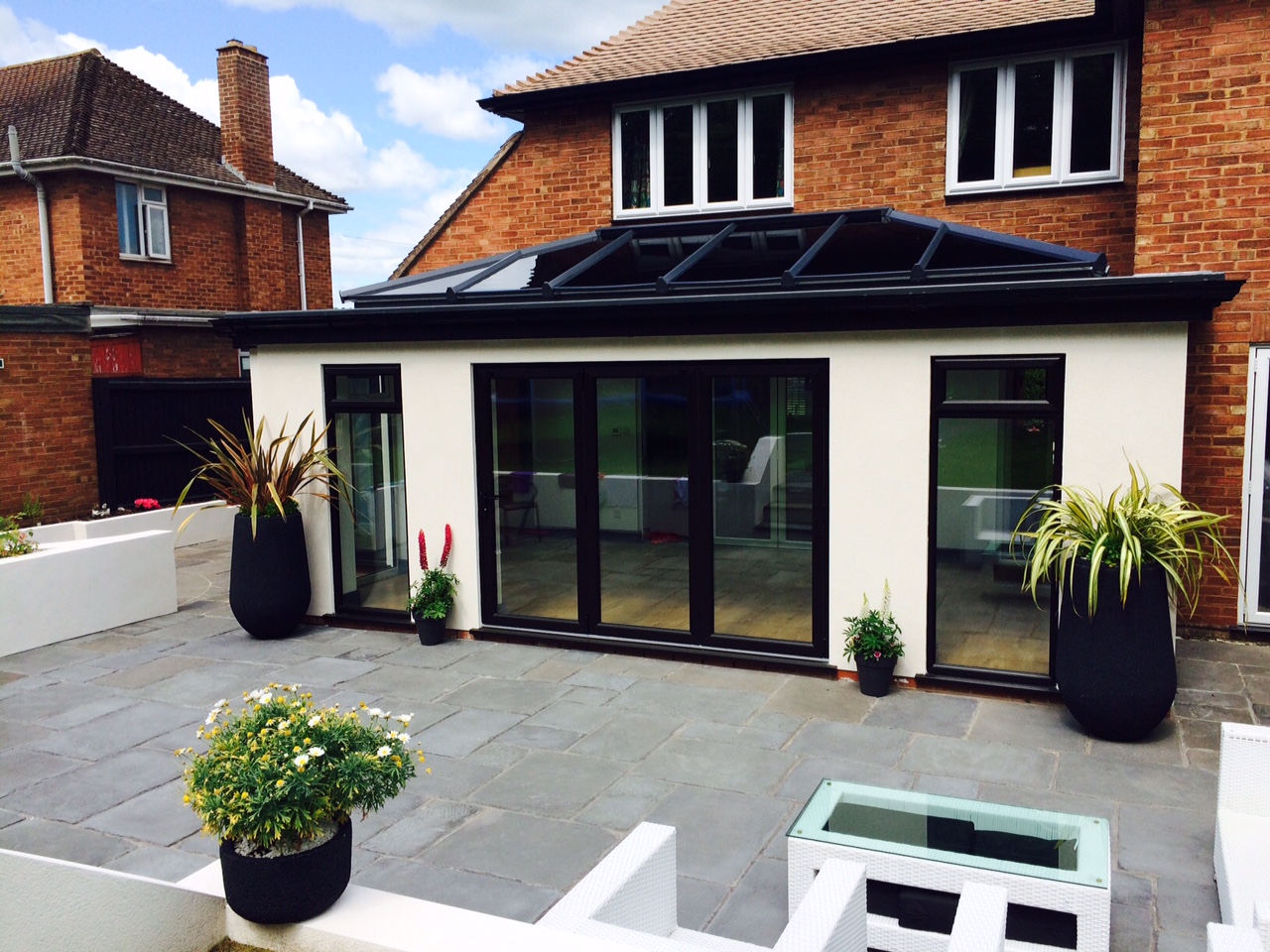Fresh opportunities in conservatory glazing


Paul Higgins, commercial director at TuffX, provides further details about the latest conservatory glazing solutions, including low-carbon options and heated panels, highlighting the attractive business opportunities in the market.
Effectively regulating temperatures in conservatories to make them comfortable year-round has long been a challenge for the industry. While advancements in modern technology have made today’s conservatories far more energy-efficient than older polycarbonate or traditional glass-roofed designs, the UK’s increasingly warmer climate has heightened the demand for high-performance, innovative glazing solutions.
When it comes to delivering on time and meeting every end user’s expectation, TuffX’s high-performance Ambience conservatory glass ticks every box. The product range is the result of extensive research and development in collaboration with leading glass manufacturers.
These specialist options have been developed to effectively manage higher temperatures thanks to solar control properties. It’s also available with a five to seven-day lead time and nationwide delivery, further supporting smooth conservatory installations.
Catering to a variety of needs, homeowners can select from a range of different tint options, including high-performance blue. This has become a popular colour due to its ability to offer 82% solar reflection, as well as being a standard blue and neutral shade to suit most interior décor.
TuffX also offers a solar control glass option that has no impact on light transmission, further showcasing the range of products developed to give trade customers a competitive edge in the marketplace.
Glowing with the flow
Eliminating the need for wall-mounted heat emitters in a conservatory, particularly in compact spaces, can significantly transform the room’s design and usability. Glow heated glass offers a dual-purpose solution for bi-fold doors and roof infill panels, thanks to an invisible conductive coating that is electrically heated to convert electrical power into radiant heat.
Ensuring it can be relied upon as the primary heat source, the glass surface temperatures reach 35-40°C and are controlled via a wall-mounted thermostat, freeing up wall space where traditional radiators need to be placed and enhancing interior layout opportunities.
This radiant heat technology has an average hourly cost of around 9p per bi-fold door. For example, a three-door, bi-fold configuration running for five hours per day will cost around £1.35 (based on an electricity cost of 25p/kWh). Glow installation costs are lower than electric underfloor heating or traditional radiators, making it a more budget-friendly option.
Heated glass also dramatically reduces condensation, preserving uninterrupted views both upwards through the roof and outwards to the garden. Plus, unlike regular traditional emitters, no ongoing maintenance is required, providing a hassle-free heating solution for conservatories.
Low-carbon glass
The development of low-carbon glass has been a giant step forward on the journey to decarbonising the glass industry. It is a powerful way to lower the carbon impact of a conservatory.
Created with reduced carbon emissions involved in the manufacturing process, when used in windows, facades, or glazed areas, low-carbon glass supports the overall energy performance of the structure, thereby reducing operational carbon emissions over the building’s lifetime.
This glass, produced with lower energy consumption and fewer carbon-intensive materials, contributes to a building’s overall embedded carbon, from construction to operation. The raw materials required to create low-carbon glass are also sourced with sustainability in mind, further reducing the environmental impact of production.
Tuffx was the first manufacturer in the UK to introduce low-carbon glass, which has been expertly designed without compromising on quality and performance. Offering exactly the same aesthetics as regular clear glass, the products contain 64% recycled content and are manufactured using renewable electricity throughout the production process. This results in just 6.64kg CO2 content (equivalent m2 for 4mm of low carbon glass) and 42% less carbon footprint when compared with standard glass production.
